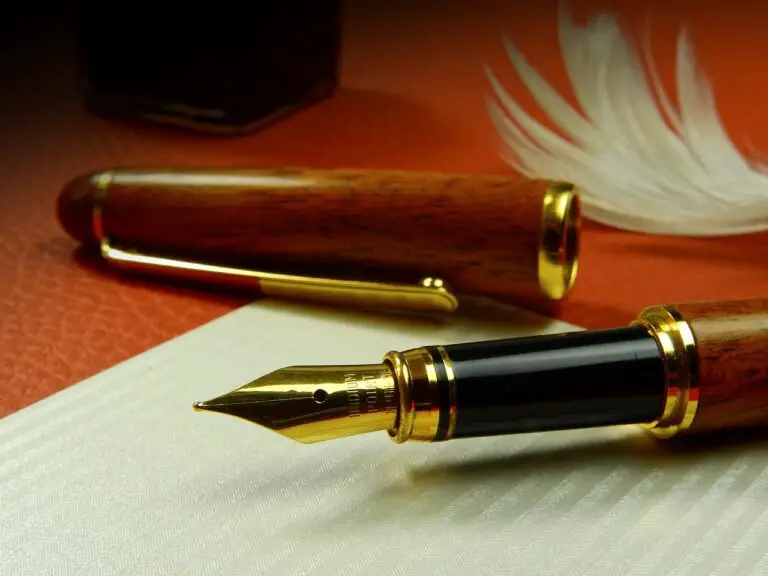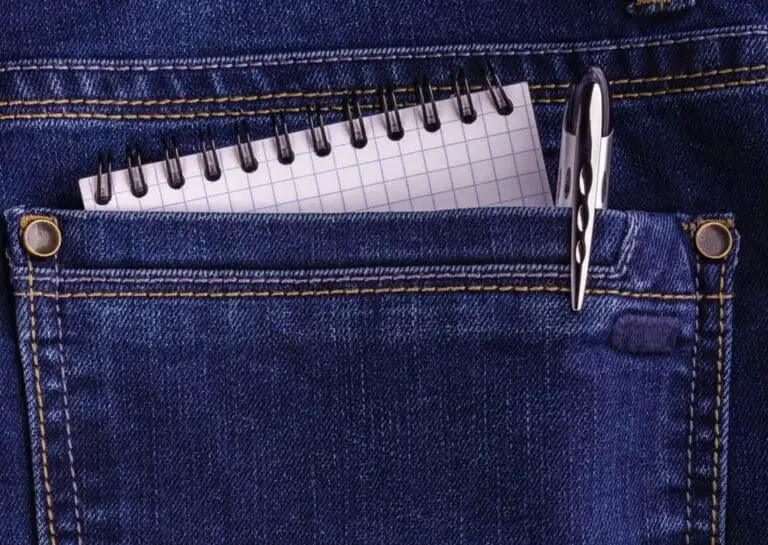Are Calligraphy Pens The Same As Fountain Pens?
Calligraphy pens have become a very popular tool for artists and hobbyists interested in brush lettering and other unique styles of crafting. While they are used for this purpose, they are not the same as fountain pens. While both types of pens are used to create a specific kind of letter and look, they are used differently.
Many pen enthusiasts have claimed that the fountain pen is the superior writing tool. It seems that the more the calligraphy pen has evolved, the more the fountain pen has devolved.
Some say the fountain pen’s days are numbered, while others say another writing instrument will never supplant it. What is the real story, though? Are fountain pens and calligraphy pens really that different?
Calligraphy pens and fountain pens are both tools used in creating text by hand, but they are quite different. A calligraphy pen has a nib, usually broad, that you can use to create thick and thin lines. A fountain pen has a more narrow tip designed to write more smoothly.
What is Calligraphy?
Calligraphy is an ancient form of art that has been around for thousands of years. It was used as a form of communication before the printing press was invented, and it was even the standard form of writing for most of human history.
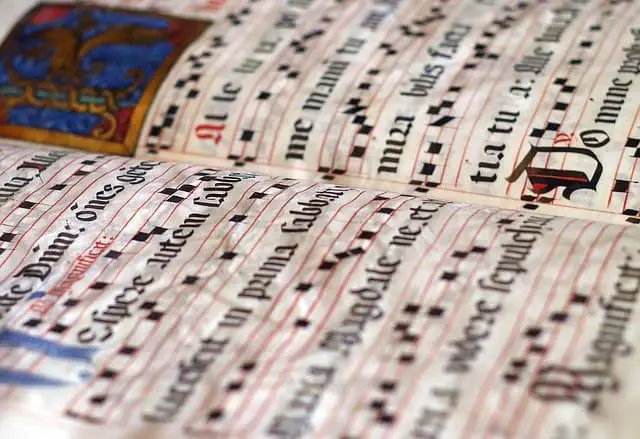
Presently Calligraphy is more of an art form that has been around for centuries and is often associated with writing letters and drawing. Calligraphy pens were the only way to write for many years, and earlier versions of the instrument are still being used today. However, calligraphy pens have also become popular for art and ornamental purposes; many people use them to create unique pieces of art or make their handwriting stand out.
What is a calligraphy pen?
Calligraphy pens are one of the most important tools for calligraphy, a form of writing where the letters are created by hand. A calligraphy pen has a narrow nib similar in shape to a fountain pen nib, but it has a different purpose. Calligraphy pens are used to form thick and thin lines by exerting different amounts of pressure; the nib is flexible enough to allow calligraphers to create both thick and thin lines with one pen.
Different in nibs for Calligraphy Pens
You can split the nibs used for calligraphy into two main types: pointed and broad. Pointed pen nibs are long, with a sharp point that makes thin lines.
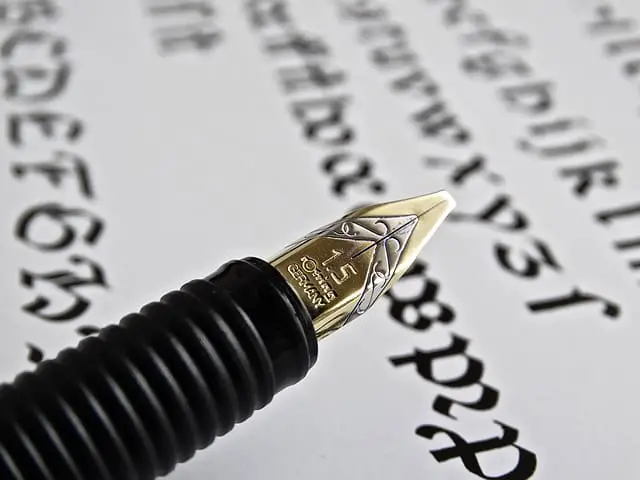
Broad nibs have a bigger surface area, making them useful for writing with a varying line thickness.
What is the difference between a calligraphy pen and a fountain pen?
How are they different?
One of the differences between calligraphy pens and fountain pens is nibs. Caligraphy pens tend to have broader and or more flexible nibs than fountain pens.
Fountain pens more suitable for day to day writing.
How are they similar?
You can write and draw calligraphy letters with fountain pens and calligraphy pens. Both types of pens have many different color inks to choose from.
What are the benefits of using a calligraphy pen?
Calligraphy is a mesmerizing art form. It’s a popular hobby, enjoyed by many art lovers, and an increasingly popular tool for wedding invitations, greeting cards, and scrapbooking. For many, the key to calligraphy is a trusty calligraphy pen. The benefit of using a calligraphy pen is the large number of inks you can use in combination with the ease of switching between them. By varying line thickness, you can create beautiful characters.
What Writing With a Calligraphy Pen Like?
Calligraphy pens have a very distinct feel to them, in that they require you to use more pressure than writing with a fountain pen. Some calligraphy pens also come with a rubber grip, which helps with the amount of pressure you need to put on the pen.
And though I’m using a Pilot Parallel calligraphy pen in this example, I’ve also used this method with Faber-Castell pens and other pens with similar grip and feel.
The pen has a nib at the end of it that is used to create thick and thin lines. It is used for decorative writing and calligraphy. Calligraphy writing is done by hand. You use a calligraphy pen to write many different things, including small paragraphs.
Using a calligraphy pen is different from using a ballpoint pen. It will take some practice, so it will not be easy to write with a calligraphy pen. A calligraphy pen is different from a fountain pen in two ways.
The first difference is the nib. A calligraphy pen has a nib at the end that you can use to create thick and thin lines. A fountain pen does not have this feature, although fountain pen nibs also come in different sizes and flexibility, so you can make some variation in line thickness while writing with them.
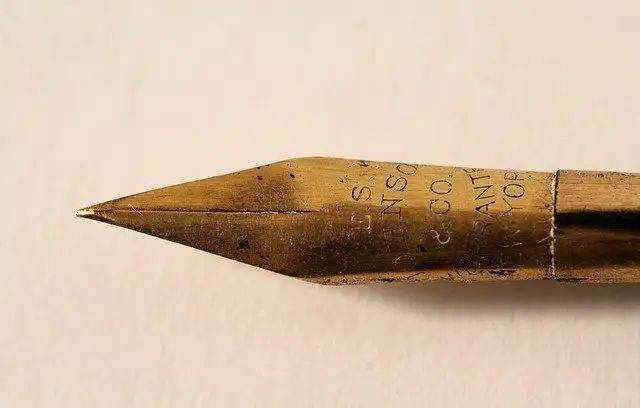
A fountain pen with a gold nib has a wider range of line widths, and thus it’s easier to produce a variety of line widths.
How to Write With a Fountain Pen?
The first step in using a fountain pen is to fill the nib with ink. You can do this by unscrewing the pen’s cap and inserting the nib into an ink bottle. Twist the ink bottle to fill the nib, and then screw the cap back on. It would be best if you also wiped off the nib’s excess ink with a piece of cloth or tissue paper.
The paper you use can be any kind of paper, but you should avoid writing on the back of scrap paper, as this will make it easy for the ink to seep through and mark other pages.
When you are ready to write, hold the pen by its barrel, ensuring that the nib faces away from you. Tilt it for a couple of seconds to distribute the ink evenly. Place the pen in a horizontal position so that the nib is at a normal writing angle and not rotated. Do not put pressure on the nib. Gently touch the point of the nib to the paper. Once you have done this, you are now ready to start writing.
Conclusion
Both calligraphy and fountain pens are about style and performance, and they are both tools that make writing more enjoyable, both in their own way.


